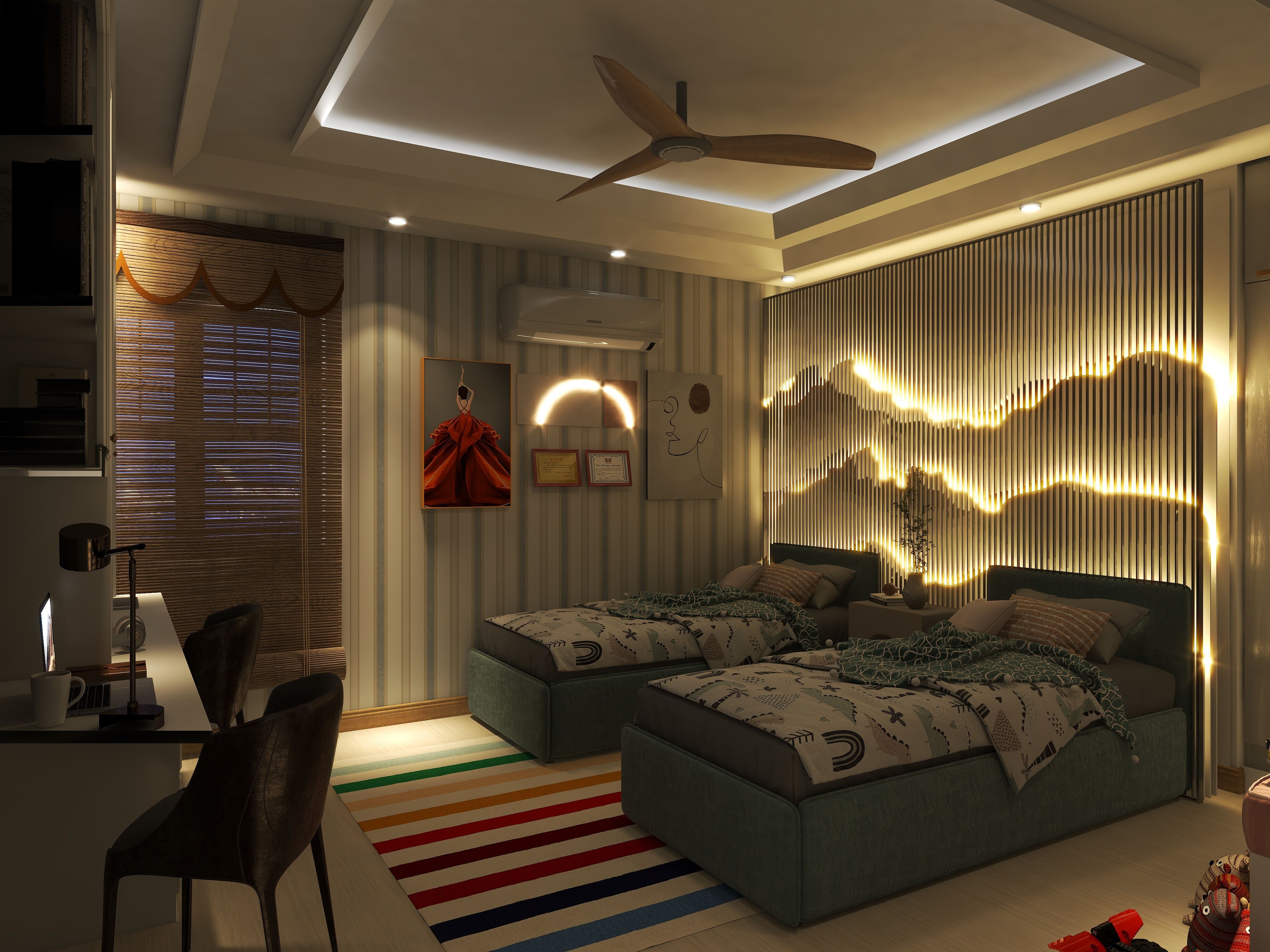Asymmetrical Room: How to Design and Embrace Asymmetry in Your Space

Designing an asymmetrical room can be an exciting challenge that allows your creativity to flow. Asymmetry is all about balance without mirroring elements, which can lead to a dynamic and interesting space. In this article, we will explore the key aspects of designing asymmetrical rooms, including furniture arrangement, color schemes, and decor choices that enhance the uniqueness of your space. One of the fundamental principles of asymmetrical design is balance. While the room may not have matching elements, it should still feel cohesive. Start by selecting a focal point for your room, such as a unique piece of art or an interesting piece of furniture. This will anchor the space and provide a reference point for arranging other elements. When arranging furniture in an asymmetrical room, consider varying the heights and sizes of the pieces. For example, pair a tall bookshelf with a low coffee table. This contrast creates visual interest and draws the eye across the room. Additionally, think about how the arrangement affects the flow of movement within the space. Ensure that pathways are clear and that the arrangement invites conversation and interaction. Color schemes play a crucial role in asymmetrical design. A unified color palette can help tie disparate elements together, even when they are not symmetrical. Consider choosing a few core colors and using them throughout the room, adjusting the shades or patterns to add depth and texture. For example, a neutral base with pops of bold colors can create a lively yet balanced atmosphere. Decor choices also contribute to the overall feel of an asymmetrical room. Use a mix of art styles, textures, and materials to add layers to your design. For instance, you might hang a large abstract painting on one wall and balance it with a collection of small framed photos on another. This eclectic approach adds personality and keeps the space feeling fresh and inviting. Asymmetrical rooms can also benefit from the use of accessories. Incorporate decorative items like vases, books, and plants in varying sizes and shapes. This not only adds visual interest but also allows you to express your personal style. Remember, the goal is to create a space that feels harmonious, even if it doesn't follow traditional symmetry. Lighting is another important consideration in asymmetrical room design. Layer your lighting with a combination of overhead fixtures, table lamps, and floor lamps. This creates a warm and inviting atmosphere while also highlighting different aspects of your design. Be mindful of how light interacts with your decor and furniture to enhance the overall aesthetic. In conclusion, designing an asymmetrical room is all about embracing individuality and creating a space that reflects your style. By focusing on balance, color, decor, and lighting, you can create a unique and inviting environment that feels cohesive and well-designed. So go ahead, let your creativity shine and start experimenting with asymmetrical design today!
Tips 1:
Utilize contrasting shapes and sizes in your furniture and decor to create a balanced feel.
FAQ
welcome to Coohom
Please check with customer service before testing new feature.

